Utah Lake has just unlocked its gates, sending a wave of water toward the Great Salt Lake, which has hit rock-bottom levels.
“Our reservoirs are full,” says Wade Tuft, underlining the importance of this momentous event.
Great Salt Lake: The Largest Saltwater Lake
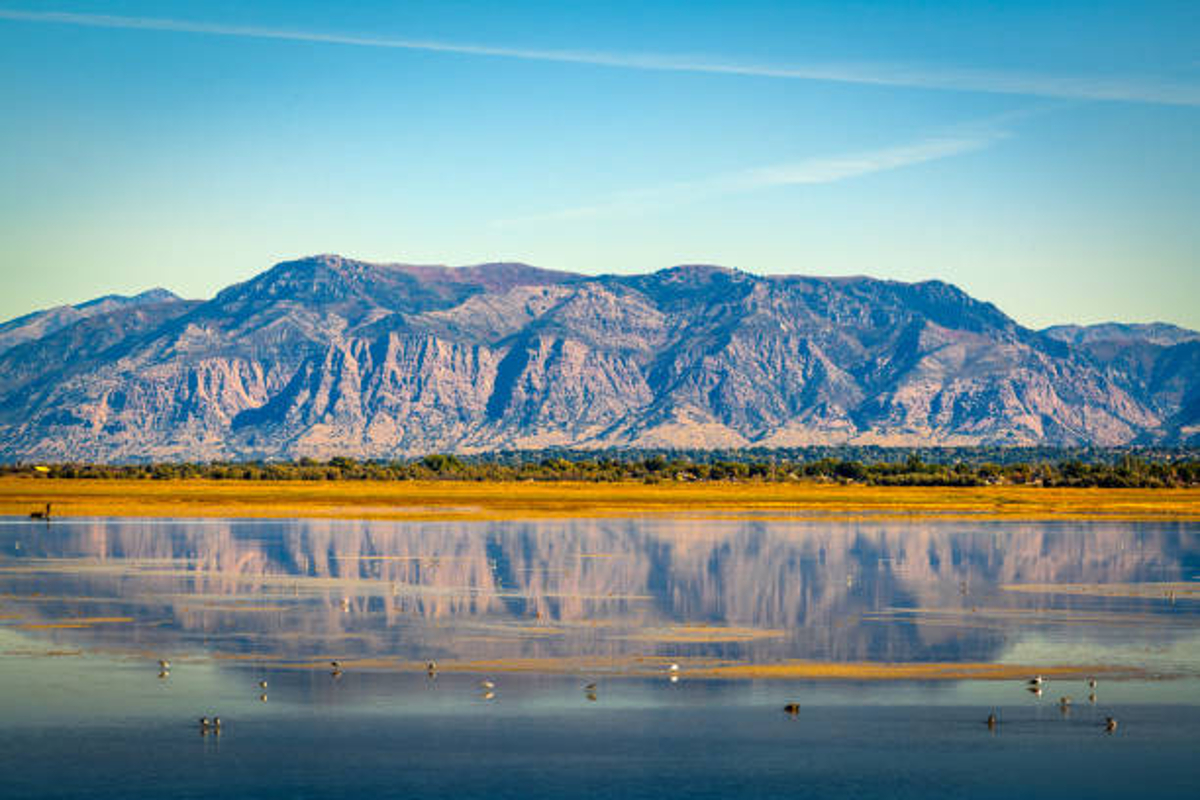
Utah’s Great Salt Lake is the largest saltwater lake in the Western Hemisphere.
At only 16 feet deep, the lake’s area changes drastically depending on its water level. At its height in 1980, Great Salt Lake spanned 3.300 square miles.
Water Sources for Great Salt Lake
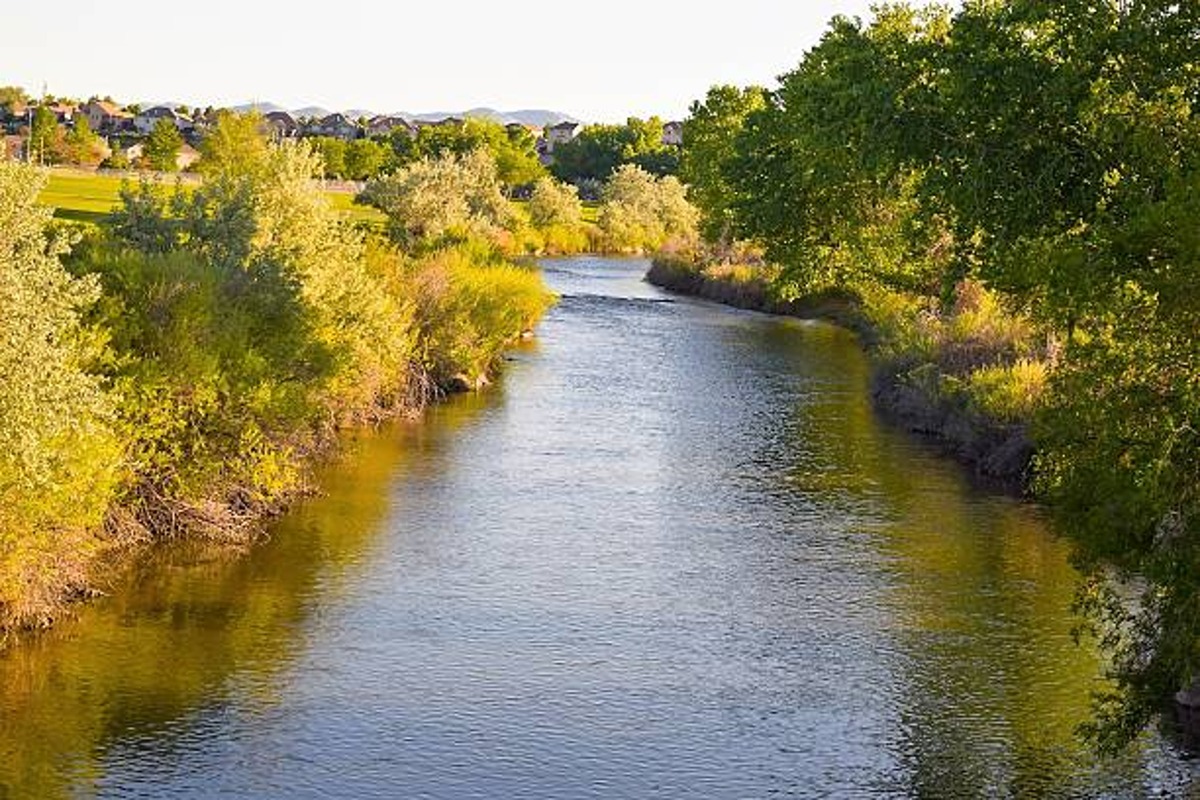
The lake gets its water from three nearby rivers: The Jordan, Weber, and Bear. And, of course, from nearby lakes, but only if they have enough water themselves.
While Great Salt Lake doesn’t have any outlets, because of the warm temperatures in northern Utah, it experiences significant water loss through evaporation.
Why Does Great Salt Lake Struggle to Retain Water?
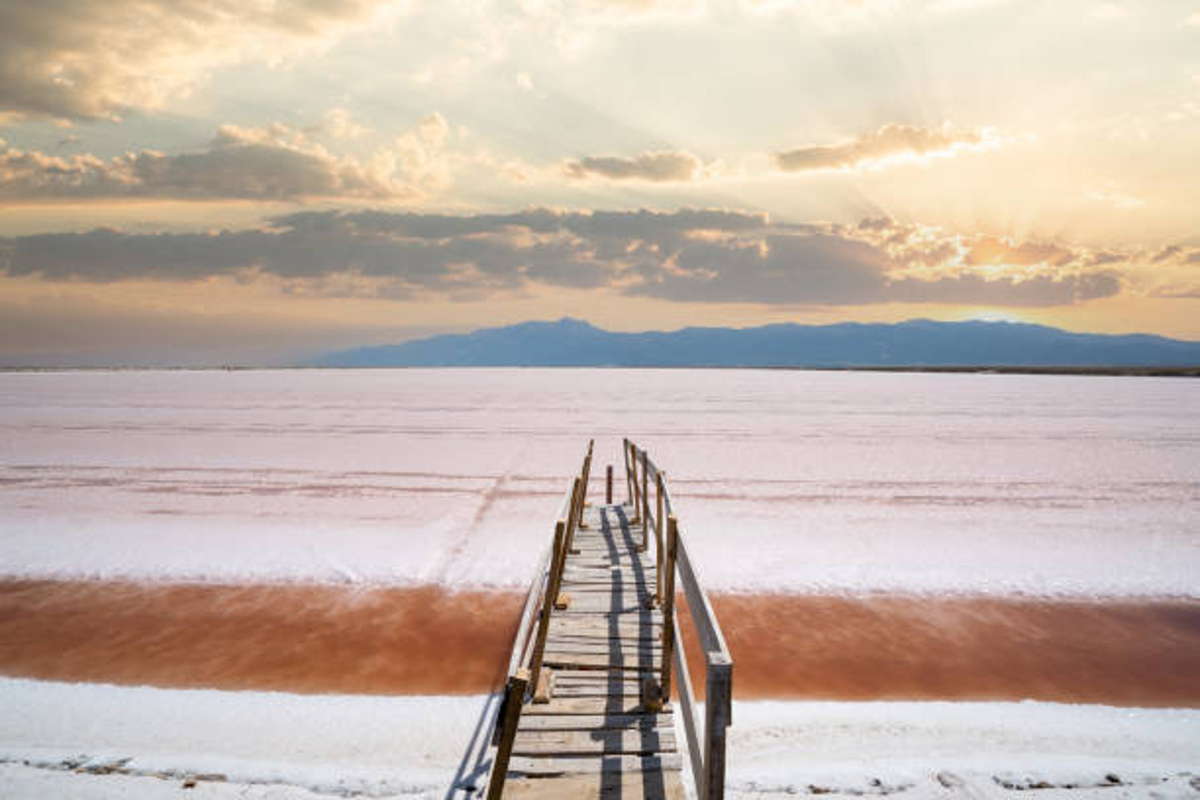
Intense evaporation is one of the main reasons why Great Salt Lake struggles to retain water. However, that’s not the only reason.
Northern Utah sees very little rainfall, which substantially inhibits the amount of water in nearby rivers. Additionally. the many farms in the area use nearly 63% of the water that would otherwise flow from the rivers into the lake.
Great Salt Lake Was Almost Empty in 2023
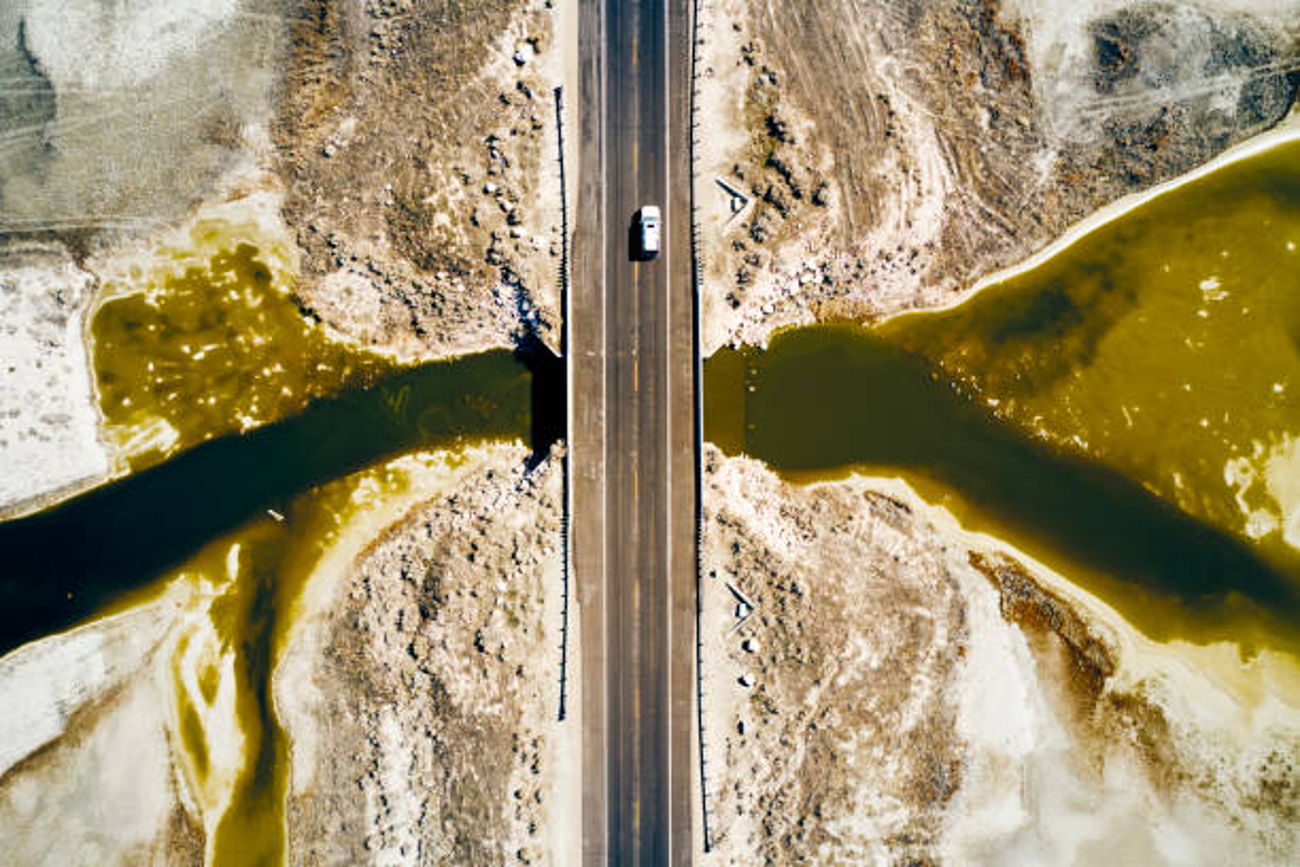
Due to these many reasons, Great Salt Lake was almost empty in 2023.
Environmentalists and local authorities were terrified of the lake’s future. In fact, they said in January 2023 that without a “dramatic increase” in water flow, the lake would be gone within just five years.
Urgent Waters on the Move
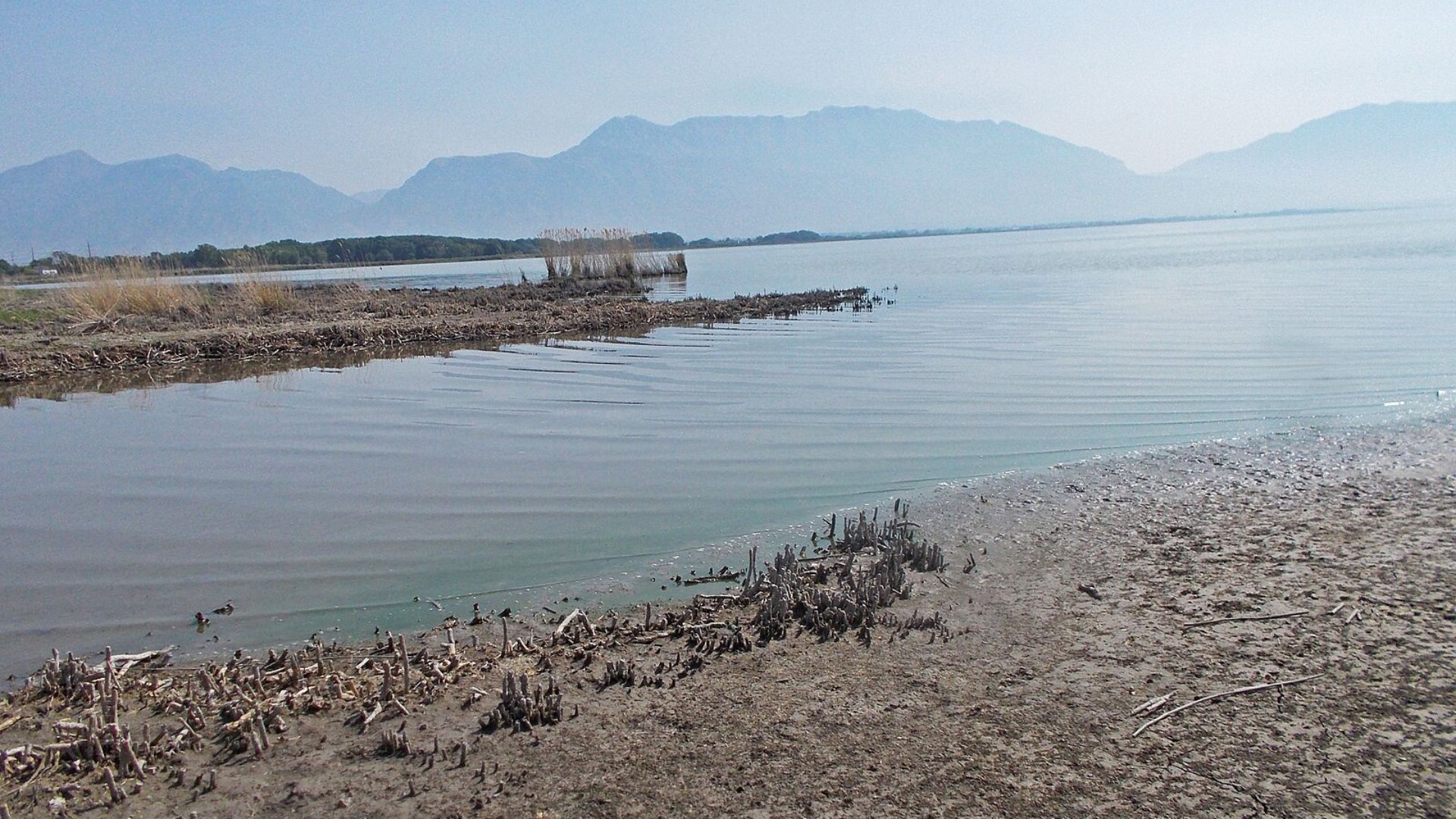
Luckily, by February 2024, the nearby Utah Lake couldn’t hold any more water. To prevent overflow, a stream of relief was directed down the Jordan River, heading straight for the parched Great Salt Lake.
This necessary release helped to soften the blow of the relentless drought that’s been squeezing the lake and the region dry.
Vanishing Birds and Changing Lands

The sinking water levels at the Great Salt Lake didn’t just affect nearby residents. Familiar feathered visitors also began to vanish.
NPR and WBUR’s Here & Now pointed out this worrying trend, shedding light on how falling water levels are reshaping the area’s natural habitats and the lives that depend on them.
A Grim Outlook for Pelicans

Zach Frankel, director of the Utah Rivers Council, points out that American white pelicans, once thriving, are now exposed to predators due to a shrinking lake; nearly 20,000 pelicans have vanished.
“It’s a sign of the potential end of the Great Salt Lake,” laments Frankel, criticizing Utah’s lackluster crisis response.
A Dusty Dilemma
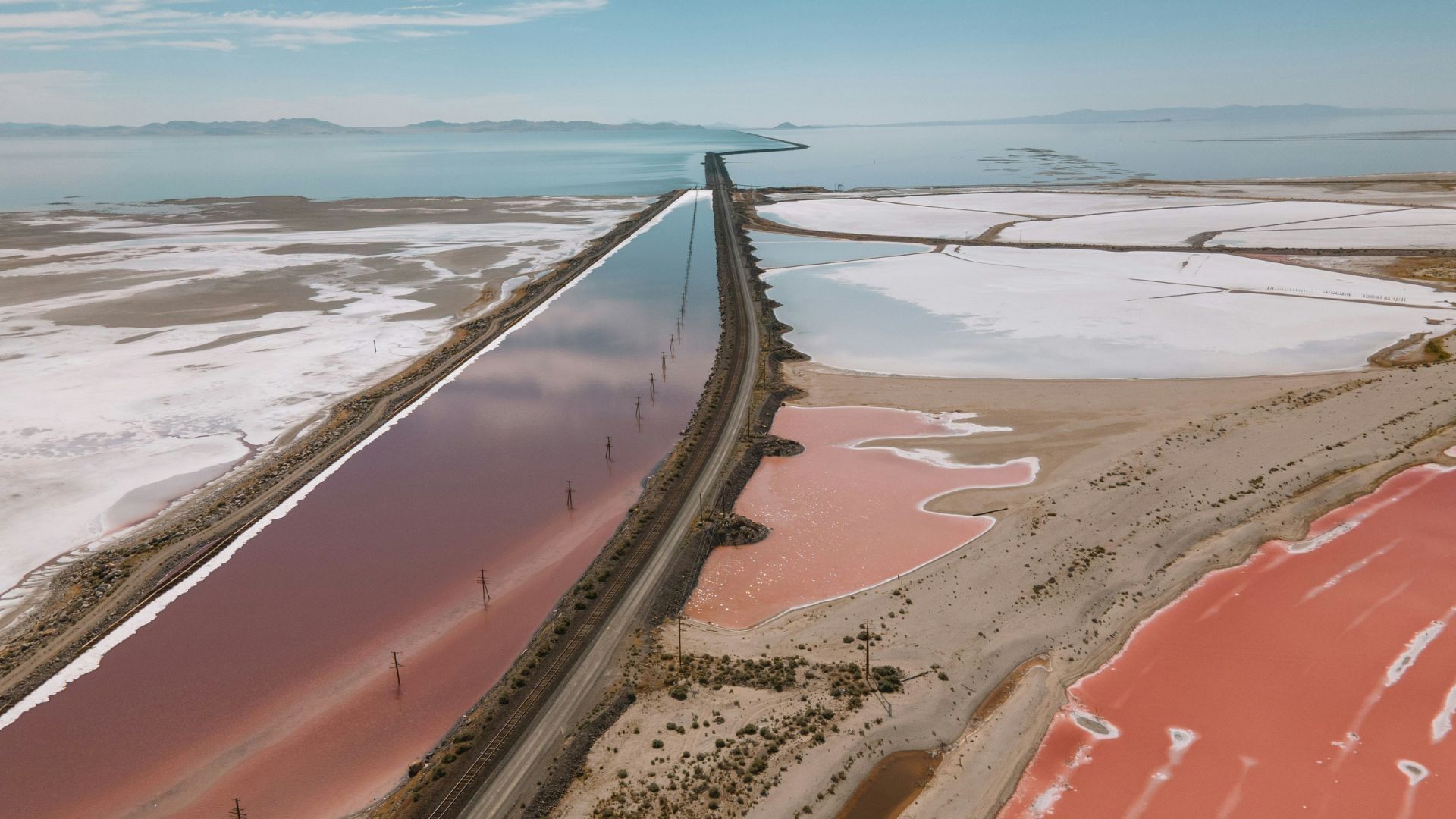
Lower water exposes more than just the lakebed at the Great Salt Lake—it stirs up toxic dust that once lay dormant underwater.
This newly airborne threat carries far-reaching health risks, infiltrating nearby communities and muddying the air they breathe.
Millions of Gallons
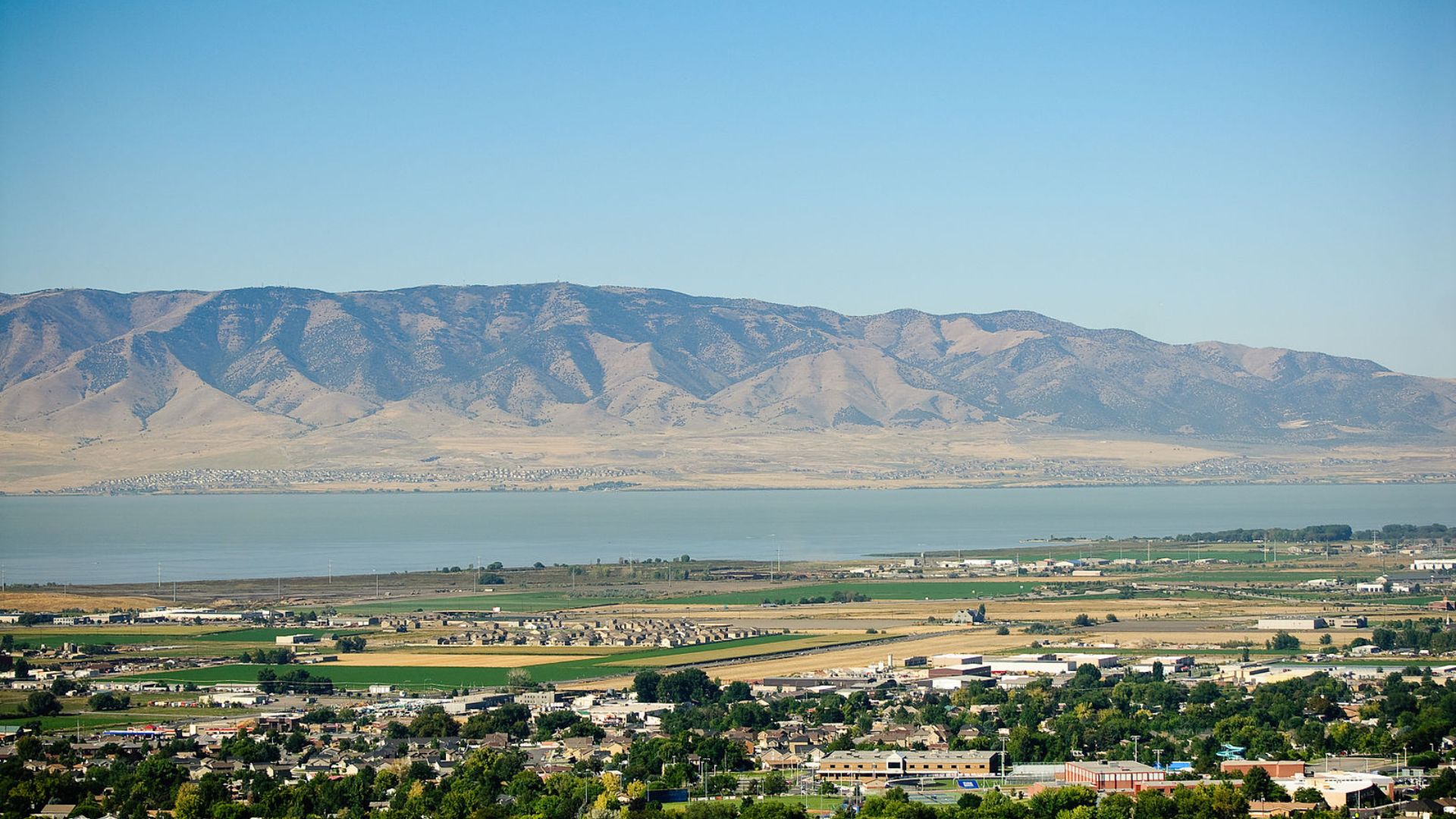
Thankfully, every day that the gates of Utah Lake remain open, a staggering 300 million gallons of water cascade into the Great Salt Lake.
This floodgate operation, triggered by an impressive snowpack last year, is truly a lifeline for the thirsty Great Salt Lake.
Drought’s Easing Grip

Additionally, Utah’s skies have finally loosened up, pouring much-needed rain over the state.
The U.S. Drought Monitor notes a significant break in the drought with this new moisture, offering some respite from the dry spell that had 90% of Utah in a tight grip of severe drought conditions.
A Cooler Advantage
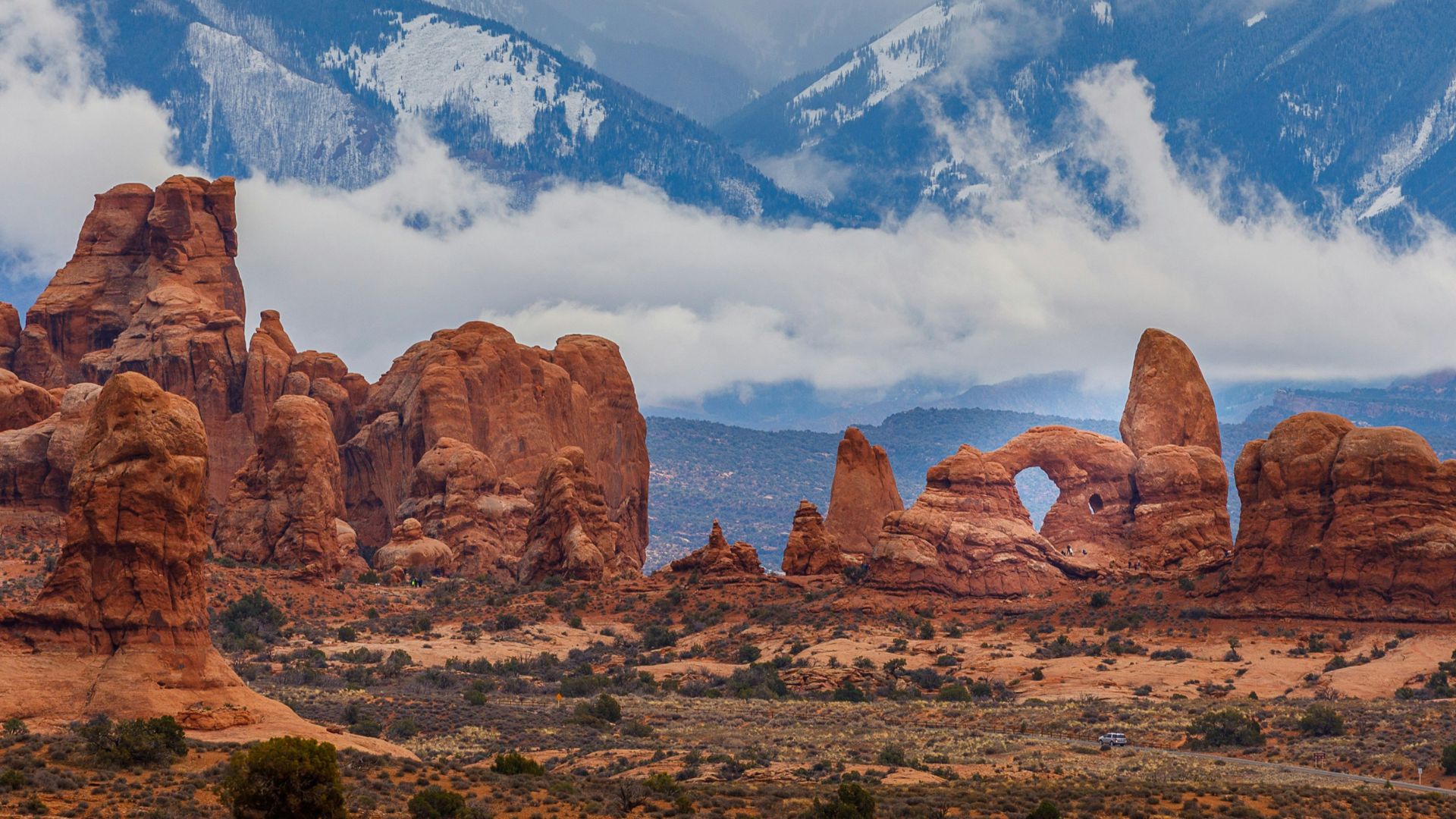
Utah has been cooler than many parts of the country, and it’s had a noticeable effect on the state’s drought conditions.
These cooler temperatures have given local water resources a much-needed break from the unrelenting drought, easing immediate concerns.
Community Conservation Counts
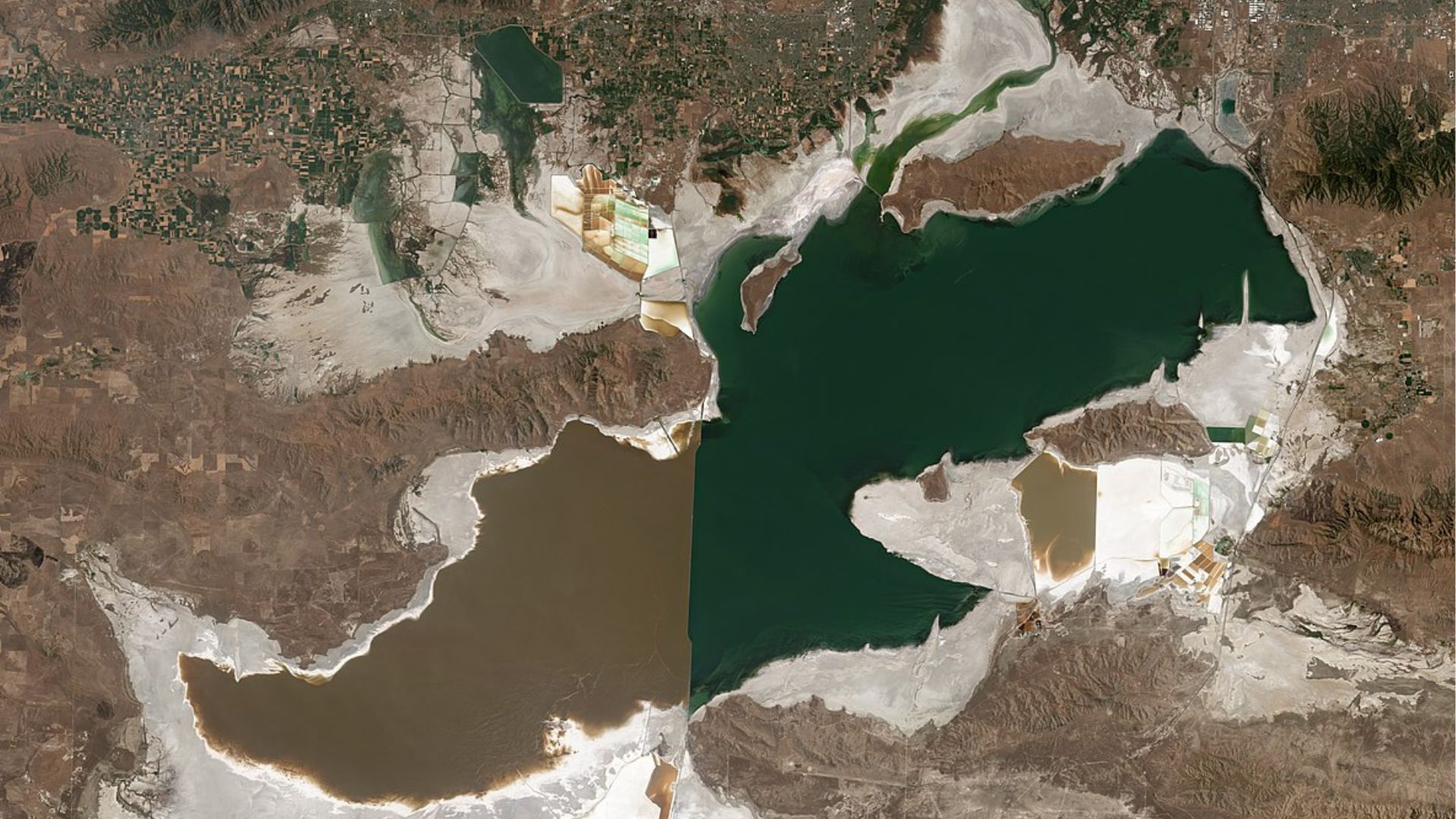
Wade Tuft of the Utah Lake Water Users Association made it clear: “The snowpack last year combined with the conservation efforts of Salt Lake Valley and Utah Valley residents means that our reservoirs are full.”
This statement highlights the vital role that local communities play in sustainable water management.
Every Drop Counts

The water making its way to the Great Salt Lake from Utah Lake is a welcome addition, but it’s not a cure-all.
“In terms of impact, it’s not going to be huge, but every little bit helps at this point,” Tuft candidly shared with KSL News. It’s a small but significant step towards recovery.
Creating a Plan for the Lake
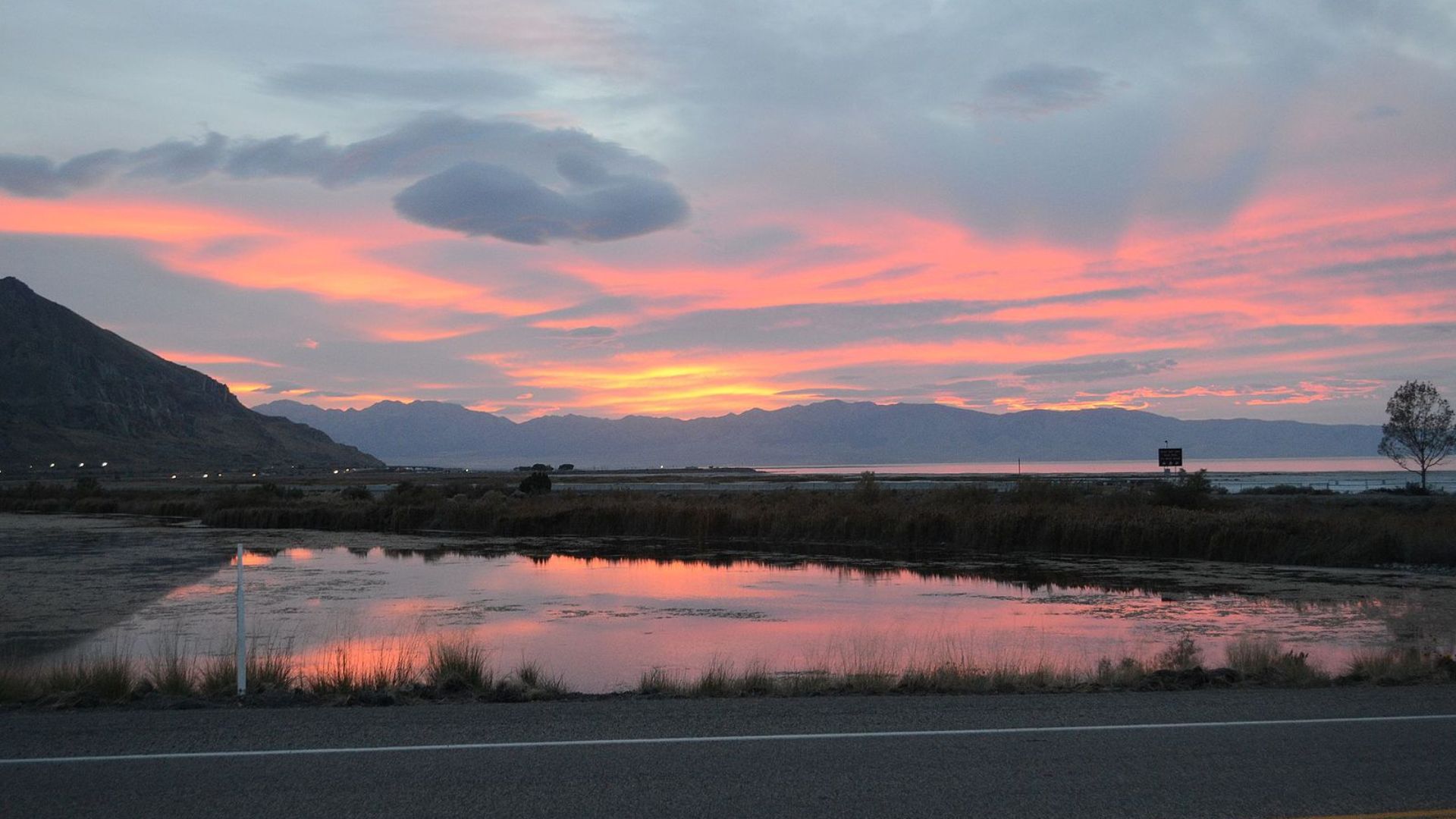
Before Utah Lake opened its gates, reports stated that Great Salt Lake needed 1 million acre-feet of water to prevent its complete disappearance.
Therefore, in January 2024, a strategy to bring the Great Salt Lake back to healthier levels was unveiled.
What Can Be Done to Save Great Salt Lake?

The plan takes on the tough task of balancing regional growth, ongoing droughts, and rising temperatures, all while trying to keep the water levels sustainable.
However, the solution for keeping the lake alive means declaring a state of emergency and implementing substantial conservation methods for nearby farms and residents; a huge and daunting task.
Warm Trends Nationwide
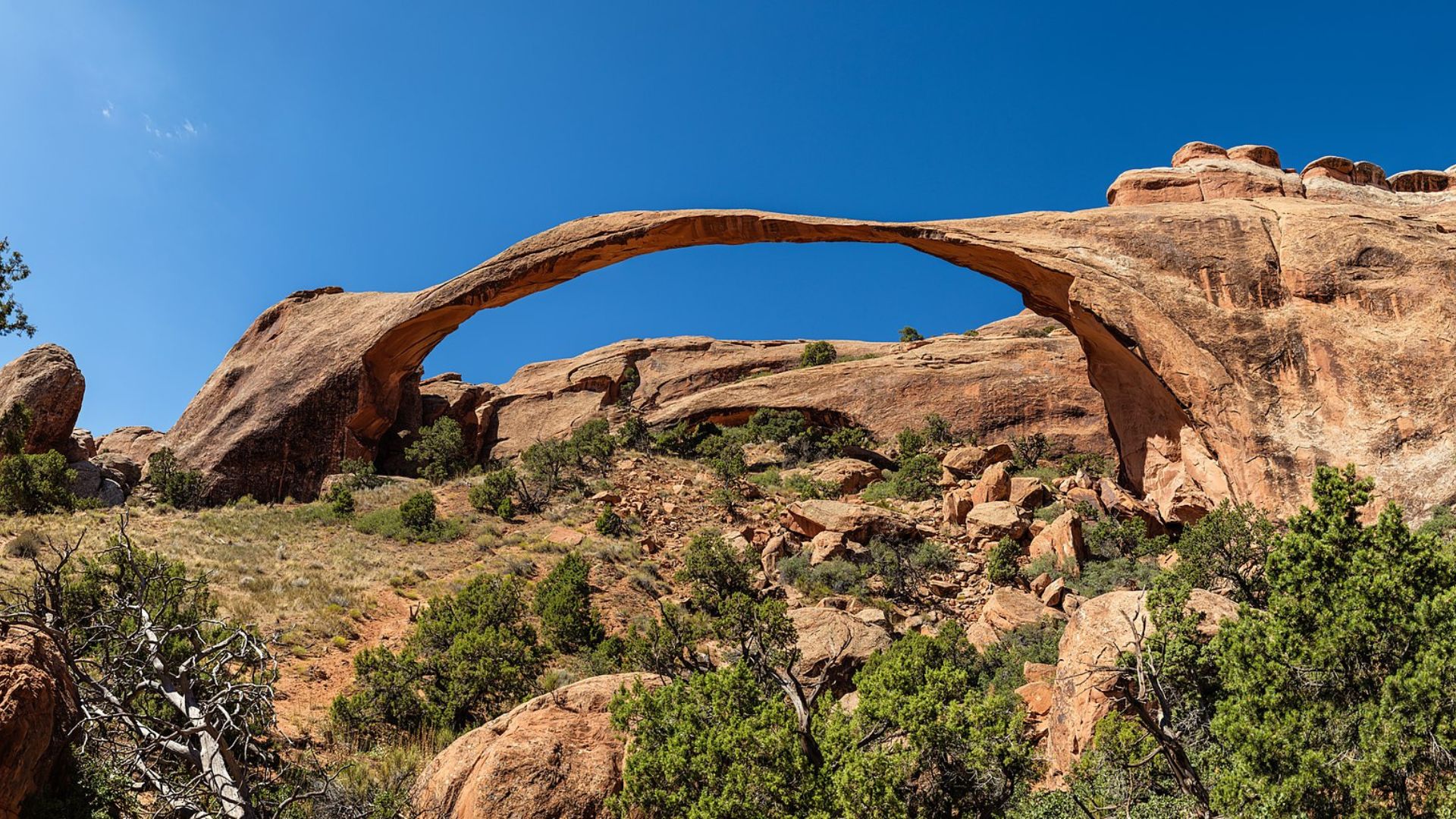
It’s important to understand that the low water levels of Great Salt Lake are impacted by more than just water usage. The warming temperatures on planet Earth are playing a big part in this reality.
The average temperature in Utah has increased by more than 2.5° F since the start of the 20th century. And over the past 50 years, Utah’s temperatures have risen at twice the rate of the global average.
How Climate Change Is Affecting Utah
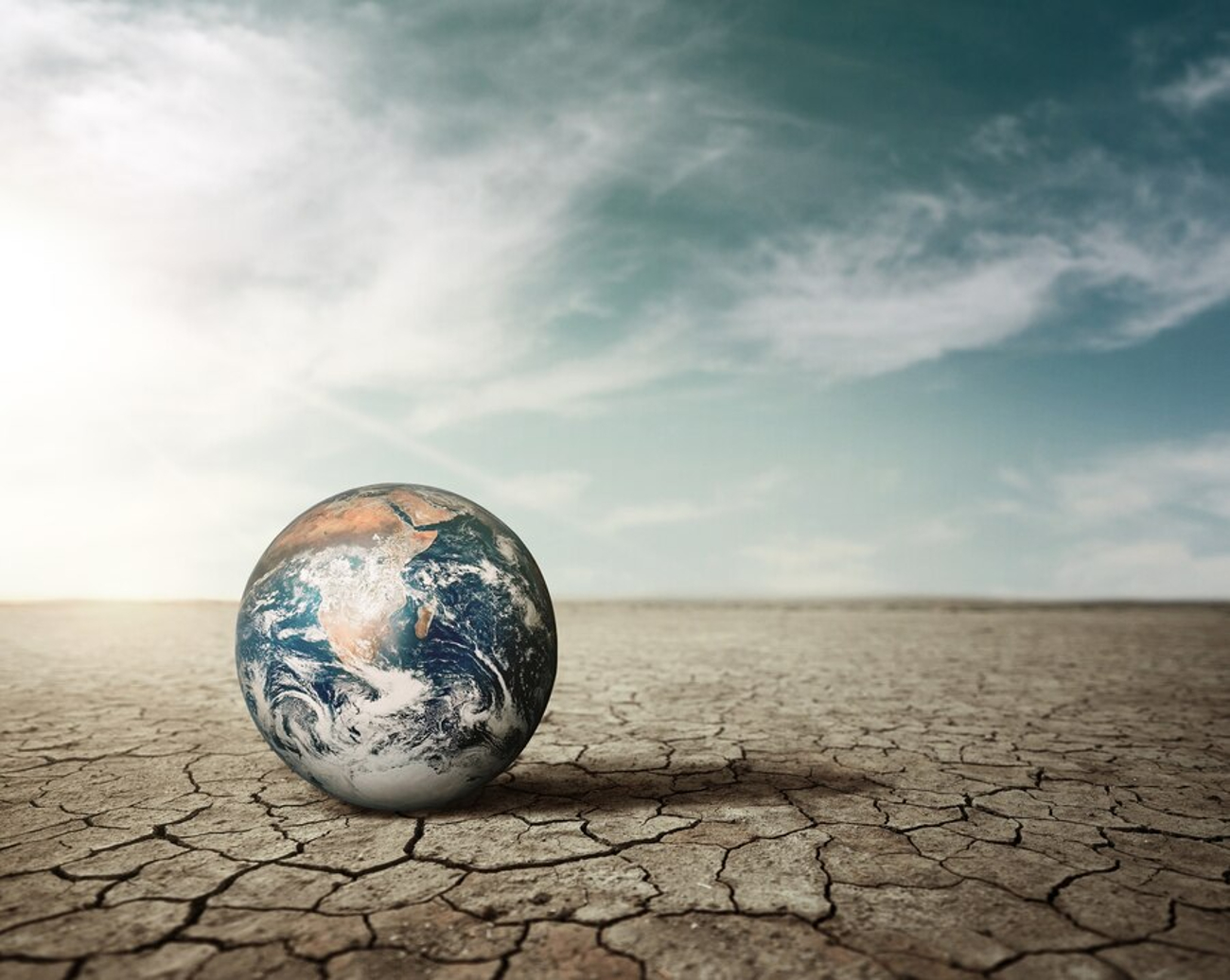
At this point, the fact that human behavior, and more specifically the use of fossil fuels, has significantly increased the Earth’s temperature.
While there are many side effects of climate change, one of the most potent is that warming air temperatures have led to extreme drought. And Utah, a state which already struggled with drought, is being affected more than others.
Understanding the Connection Between Climate Change and Drought
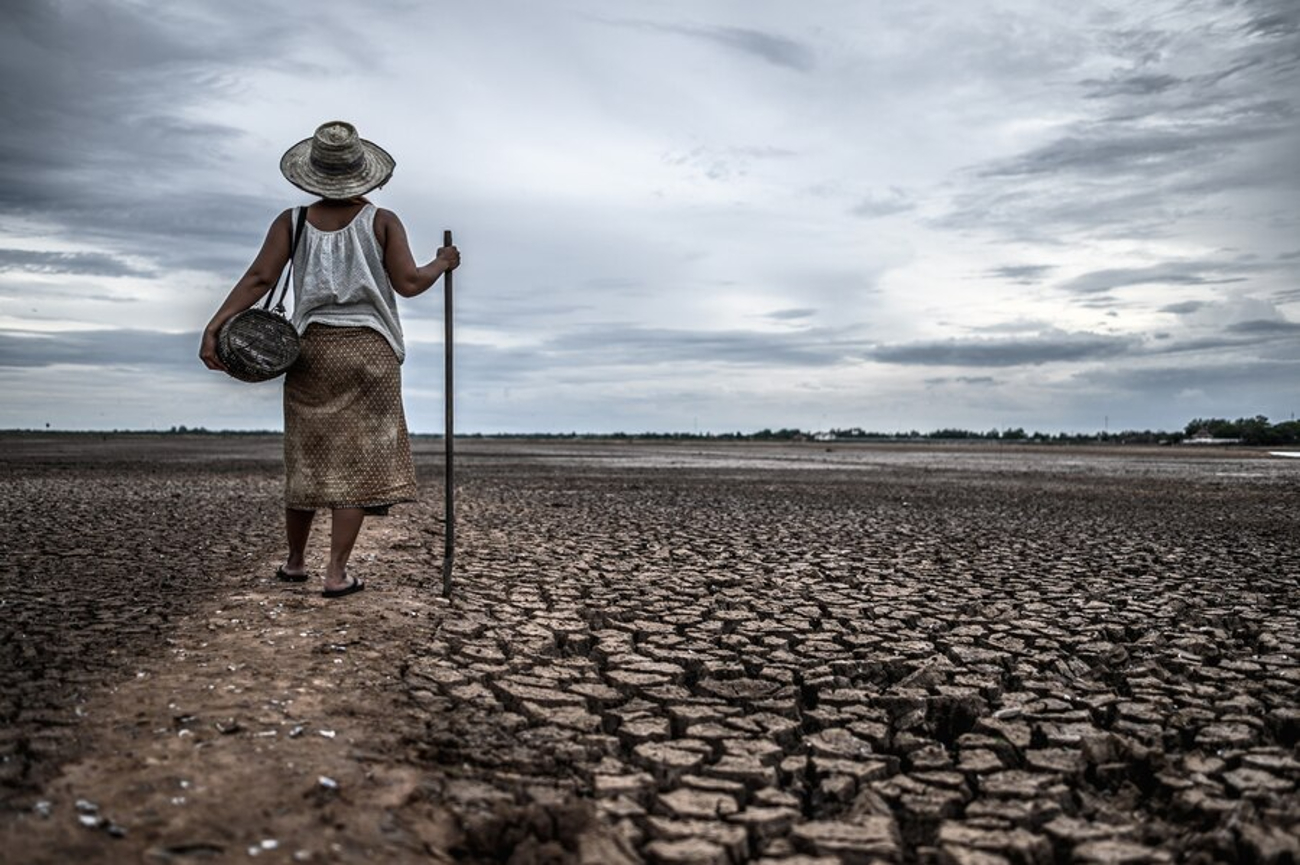
Understanding climate change and its effects can be very confusing for those without a degree in meteorology.
However, drought may be the simplest consequence to understand: Warmer air temperatures increase evaporation, which reduces surface water and dries up the world’s natural bodies of water.
To Save Great Salt Lake, Bigger Changes Are Needed

The local authorities are desperately trying to find tactical solutions to ensure Great Salt Lake retains the water it needs to function.
However, the unfortunate truth is that, without more substantial changes, it’s unlikely that the lake will be available to future generations.
Long Term Solutions to Drought
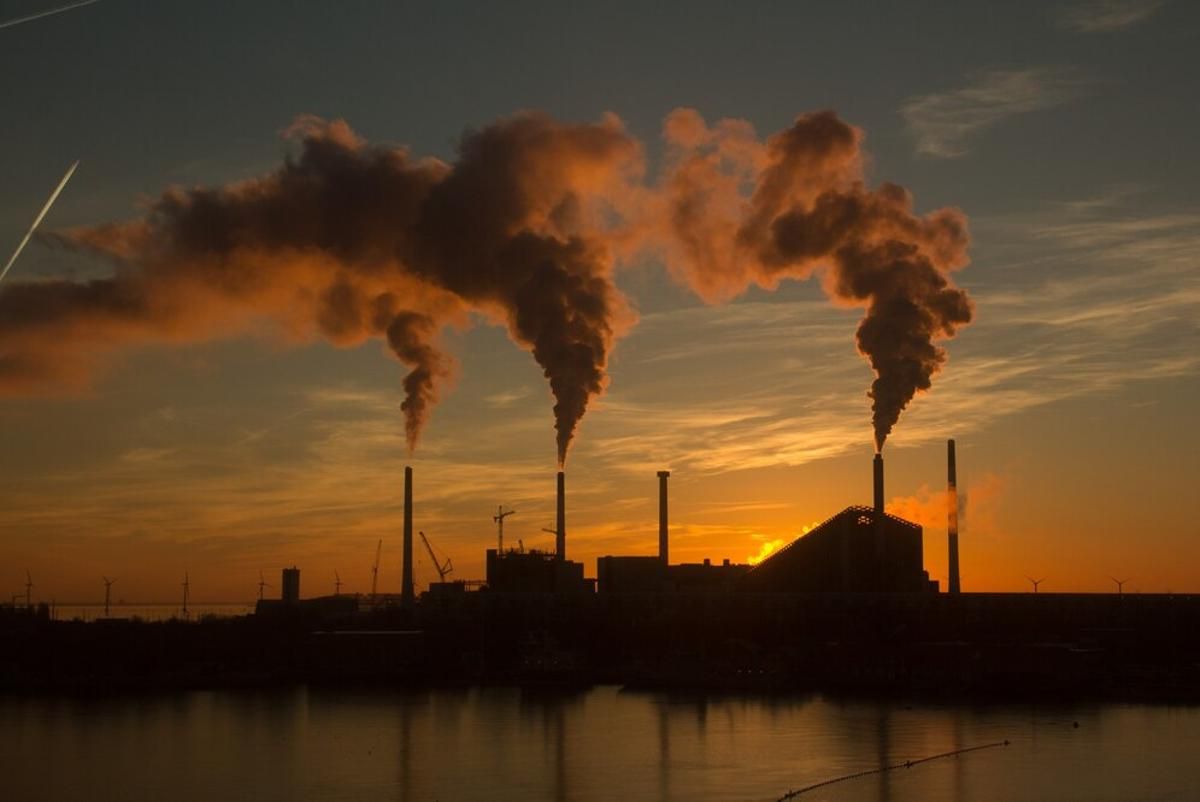
The long-term solutions to solving Utah’s and the nation’s drought problems are not easy undertakings.
They include drastically reducing the country’s fossil fuel use and consequent greenhouse gas emissions and utilizing green energy sources instead.
President Biden Has Passed Several Pieces of Legislation to Make These Changes

Over the past four years, President Biden has implemented several pieces of legislation to fight against climate change.
From the Bipartisan Infrastructure Law to the Inflation Reduction Act, the Biden Administration is doing its best to reduce the nation’s fossil fuel use and increase green energy sources within the next decade.
It Will Take Years for Climate Change Initiatives to Work
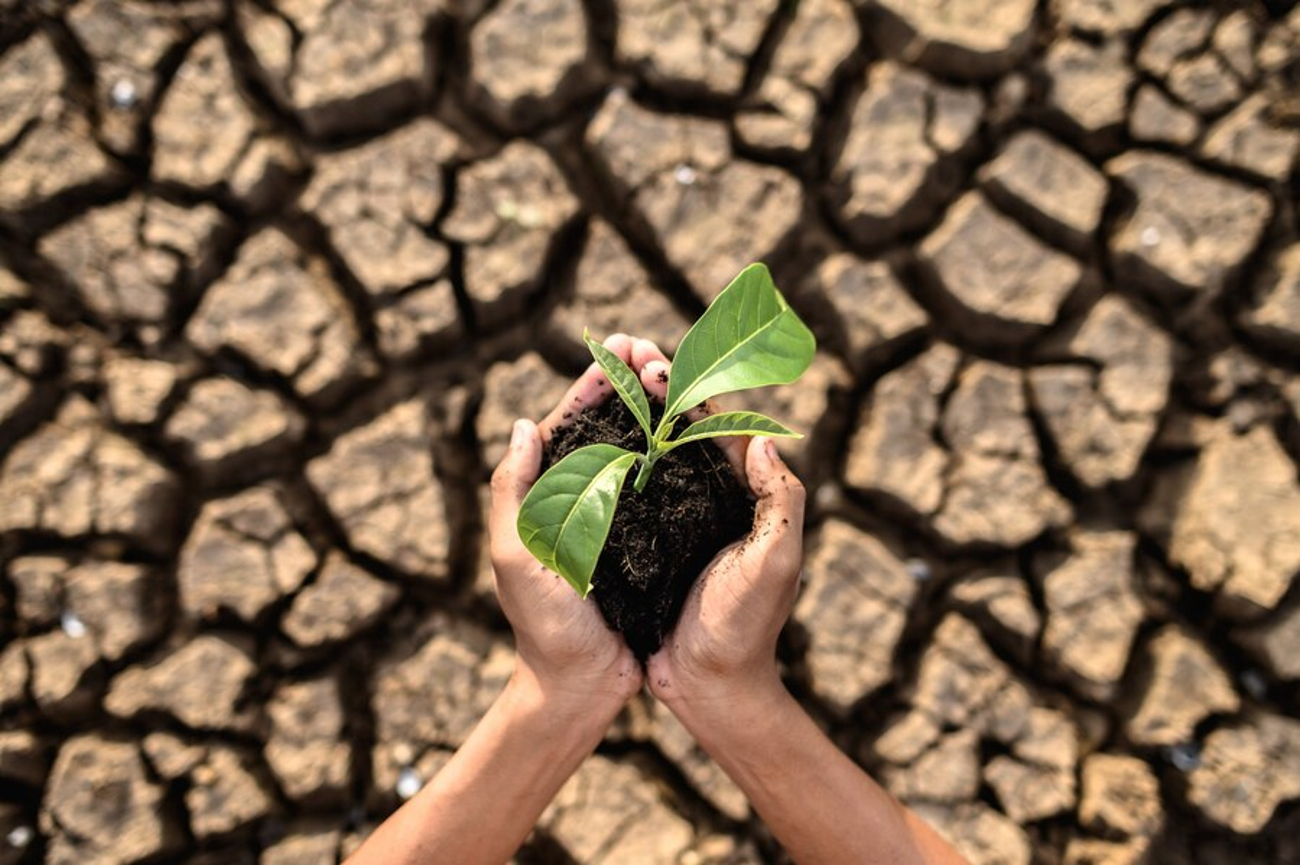
Of course, even if these laws do actually come to fruition and make a difference in the fight against climate change, it will be years before those results are realized.
For now, even with the water from Utah Lake, Great Salt Lake is still in danger of disappearing if conversation methods aren’t implemented as soon as possible.
Will Great Salt Lake Stay Full Through the Summer?

As of April 2024, Great Salt Lake is sitting at 4,191.8 feet and will likely rise another three feet in May.
These numbers are certinaly encouraging; however, experts report that during the hot summer months most of this water will evaporate. And Great Salt Lake will be almost empty again by the Fall.
